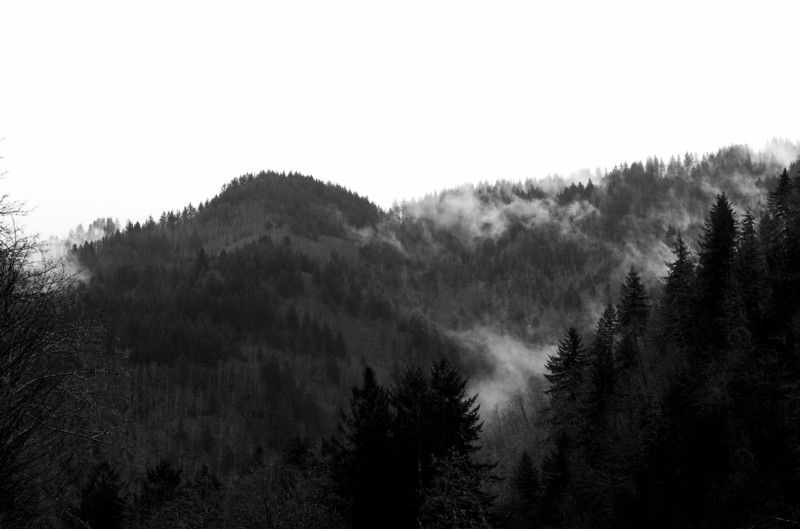The Leica M10 Monochrom is Great Not in Spite of its Weaknesses, but Because of Them
![]()
Every time I mention the merits of anything related to Leica, I catch flack from a contingent of readers here that seem to be angry that I would even talk about a product that has a reputation for being overpriced and out of reach. “He must be bragging about owning one” or “overpriced crap” tend to be the top two comment themes I receive.
I write about all camera equipment because in the modern age of imaging technology, it all merits recognition. Specifically in this case, the Leica M10 Monochrom is one of the most fulfilling experiences I have ever had with any camera, and I need to talk about why.
The Camera
If you are at all familiar with classic rangefinders (and then even more granular, the design philosophy of Leica rangefinders), the M10 Monochrom will not surprise you in the least. It’s a relatively flat camera design with few knobs or buttons. Actually, aside from three buttons on the rear of the camera and two dials on top, there are almost no markings of any kind on the camera at all. Even the idea that it is a Leica is understated, with the only branding being a small, understated etching on the top of the camera body.
![]()
If your idea of Leica is that when you have one, you brag about having one, then the Monochrom should come as a surprise to you: this camera does not brag. In truth, it barely speaks at all. I wore the M10 Monochrom over my shoulder in four different cities and even to a major camera event, and not a word was spoken to me about it by anyone except a waitress in Tillamook who just mentioned it was a “cool-looking camera.”
She’s not wrong. The Leica M10 Monochrom might be the best looking camera I’ve ever shot with, but then again I am a sucker for black.
But as cool as the M10 Monochrom looks, it’s a bit uncomfortable to use. This is the case for all rangefinders that don’t have after-market attachments added to them, but the slim rectangular body of the M10 just isn’t comfortable to hold for any length of time, and it’s especially bad with some of Leica’s heavier lenses.
![]()
I primarily shot with the 24mm f/1.4 Summilux, the 90mm f/1.5 Summilux, and the 35mm f/1.4 Summilux, and of all those lenses only the 35mm felt “good” over any length of time. Even the 24mm, which isn’t that much bigger, felt heavy.
And as absolutely wonderfully gorgeous as that 90mm f/1.5 is, it’s even more cumbersome and awkward on the M10 Monochrom.
I also did not particularly like how hard it was to adjust ISO with the M10 Monochrom, and I understand this is not an issue exclusive to this particular body. The dial to adjust ISO can only be changed when it is clicked up, and pulling up on that tiny little dial is surprisingly difficult.
![]()
But I’ll be damned if I was more than willing to completely overlook all these ergonomic concerns because the shooting experience and image quality were so outstandingly compelling.
The Experience
If you have never used a rangefinder-style camera before, the technology of a modern digital rangefinder is pretty awesome. When you look through the rangefinder, there is a small rectangle in the middle of it that will align with your scene correctly when the lens is properly focused. Honestly, I have no idea how it works and I think I’m happier thinking it’s magic than I would be if I was told a technical explanation.
But the result is that it’s very hard to get fast with this method, but it can be done with practice. It’s extremely rewarding when you do get it down, and if you feel like you need to get a shot perfect and aren’t confident with your abilities, you can always use the live view feature that utilizes the rear LCD and has excellent focus peaking.
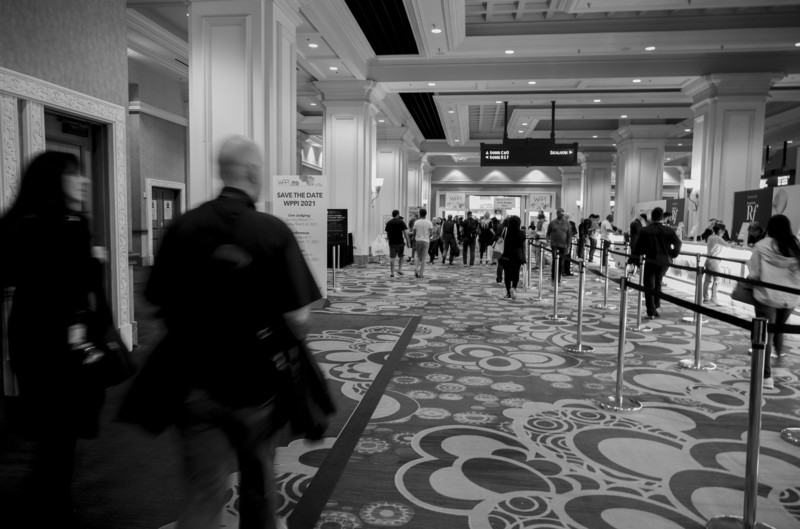
You can also use the detachable, optional EVF if you so desire, but I never did. Something about adding a digital viewfinder to a rangefinder felt… wrong.
Before I talk too much about image quality, I want to mention that I have several friends that are professional photographers who, after using their main cameras (whatever they may be) on set, are looking for a camera to have fun with when they’re off the clock. I am the same way. If you are like us and have a camera you gravitate to for your professional work, then you know it’s not really very fun to use that same camera when you’re trying to regress back to being a hobbyist. It doesn’t feel like fun, it feels like work.

The M10 Monochrom would probably be my pick for my “I just want to have fun” camera. Not only does it bring me extreme joy to just shoot with, but it sparks a sense of creativity that I don’t get when I’m shooting for clients.
The M10 Monochrom is for me. For my art. It reminds me why I do what I do, and reaffirms my commitment to my craft. The best part about this is that I don’t feel like I’m compromising on what makes me happiest about photography, getting great images, because the M10 Monochrom makes truly breathtaking photos.
The Images
I think now is the time we can finally address the elephant in the room: this is a black and white camera, and it will never shoot color. The entire experience is in black and white, and I absolutely love it.
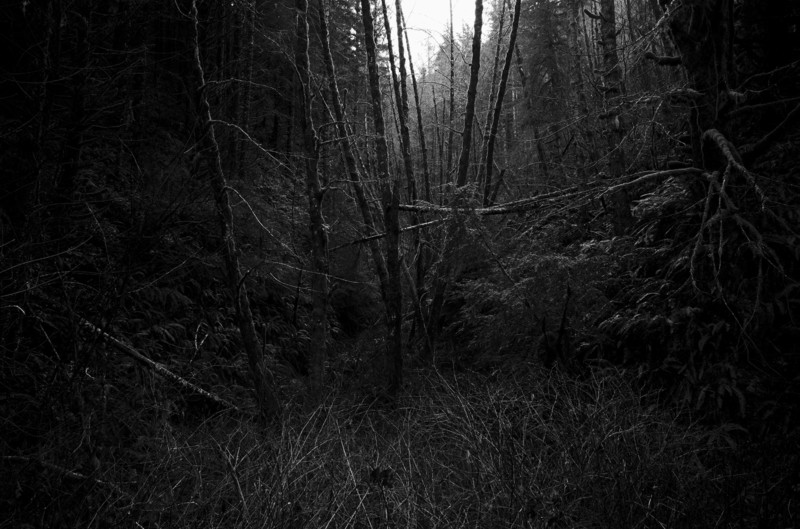
The first camera I ever really “learned” photography on (that is to say, the camera I had when I chose to take a photography class and what I learned to develop film for) is my dad’s Nikon FTN. Back then, I only used black and white film because, firstly, I was a moody teenager and black and white resonated with me and secondly, I didn’t want to add the complexities of developing color film by hand to my first experience shooting the medium.
That was nearly 15 years ago, and making images with the M10 Monochrom takes me right back to that experience.
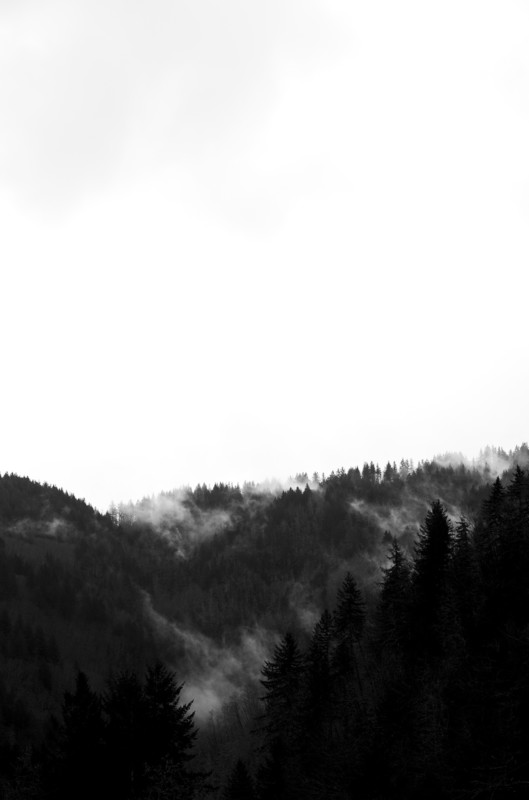
The 40-megapixel sensor inside the M10 Monochrom is outstanding. Detail is rich, dynamic range is stellar, and noise patterns look natural and even film-like. 40 megapixels is, to my knowledge, the highest resolution that Leica has ever put in a rangefinder and I’m totally in love with the amount of space I have in editing with these images.
40 megapixels is plenty for most popular print sizes as well, and I can’t wait to finish this series I’m working on and put these images to paper. Additionally, since the Bayer filter was not installed on this camera, the amount of detail that you are getting with it is extraordinary. Not to mention that the lenses I shot with the M10 Monochrom are also outstanding. Thanks to these two factors, the images that the M10 Monochrom makes are breathtakingly detailed and gorgeous.
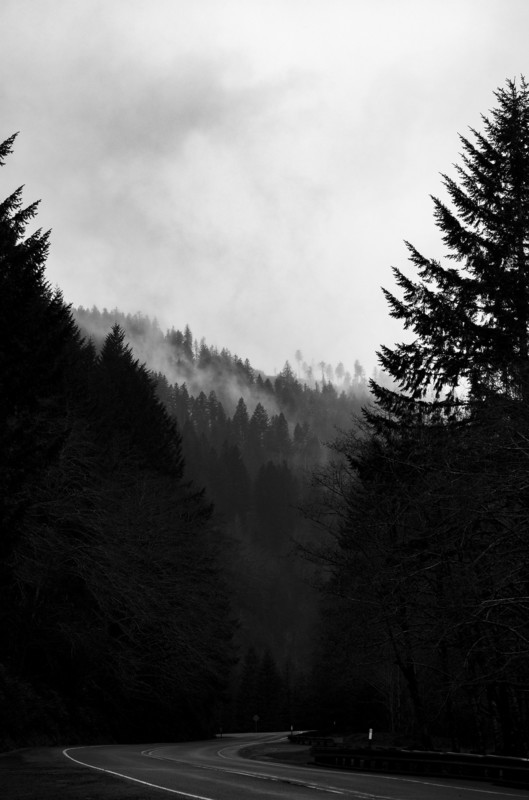
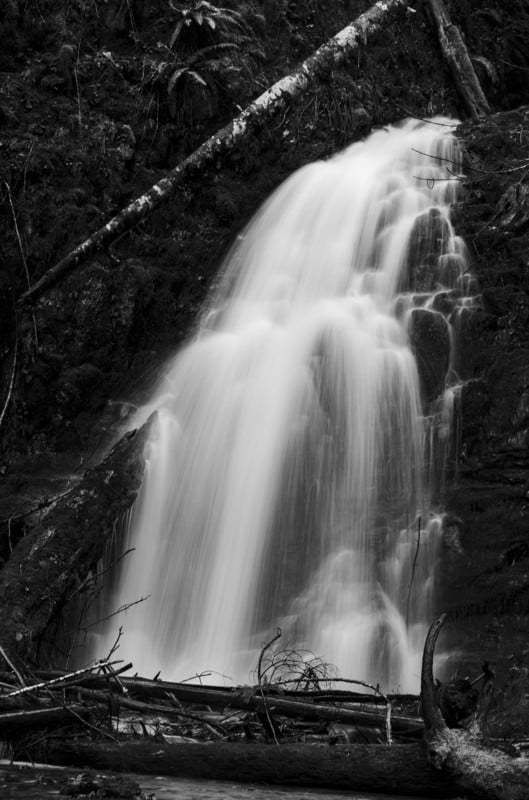
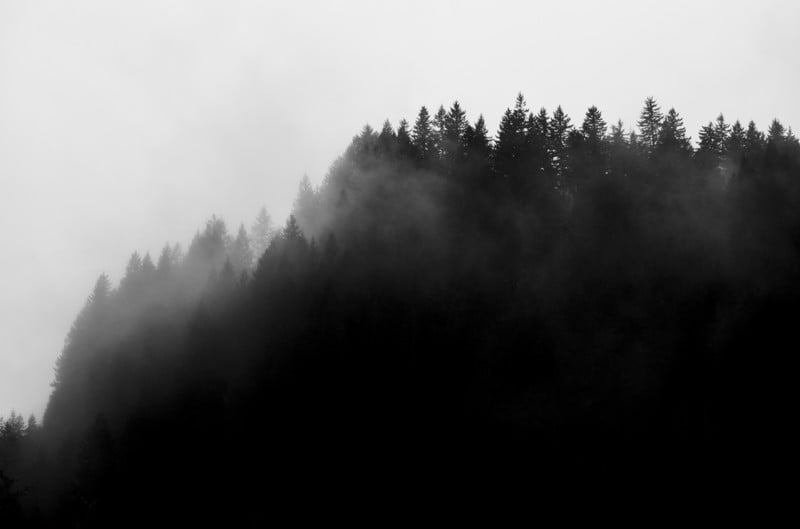
Speaking of these images, you might notice that a majority of the photos in this review share a certain look. Before the M10 Monochrom was announced, I had an idea for a series I wanted to do about the Pacific Northwest, and specifically the moody nature of its trees and low fog. I had driven out to the Oregon coast once and seen how the fog moved through the trees of the Tillamook National Forest and was inspired then to eventually make a photo series about it. Not long after, the M10 Monochrom was announced and I realized how perfect that camera would be for my project.
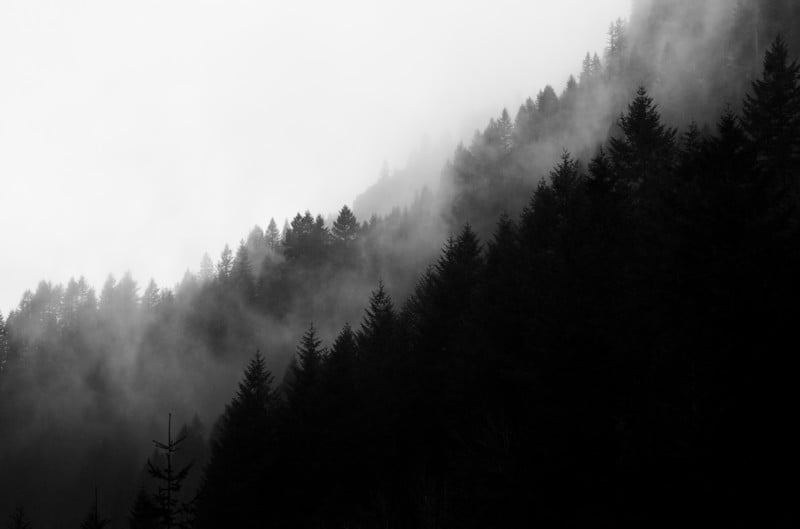
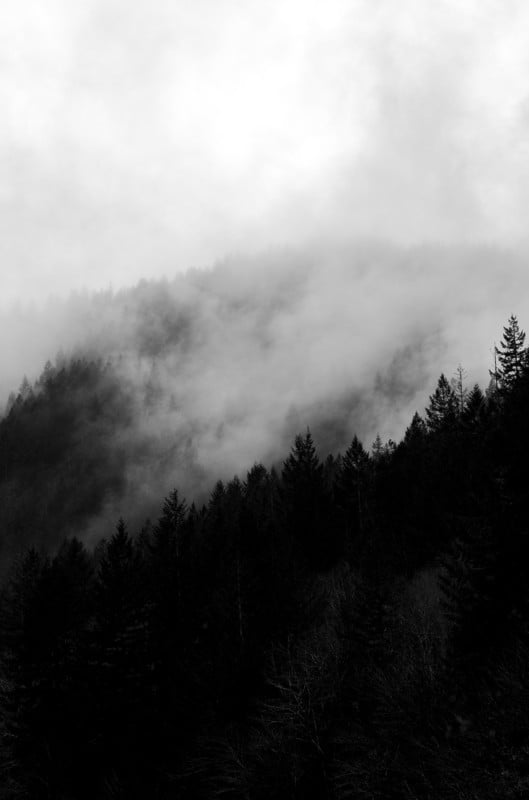
I think this is the first time in my recent memory where I saw a product, a camera, that I thought I specifically wanted to use for a photo series. And while I was shooting these images in the rain (it was pouring on me at one point), I was grinning from ear to ear.
I think that’s what Leica, at its core, is about. It’s not just about making beautiful camera equipment, it’s about creating a connection between the photographer and what is being photographed. You can rag on Leica for being a luxury brand, or dismiss them because you don’t think of them as a real tool, but you would be lesser for it should you do that. As a very new fan of the brand, the SL2 being the first Leica camera with which I had ever shot, I absolutely understand the appeal now.
But clearly, very clearly, this is not a camera for everyone.
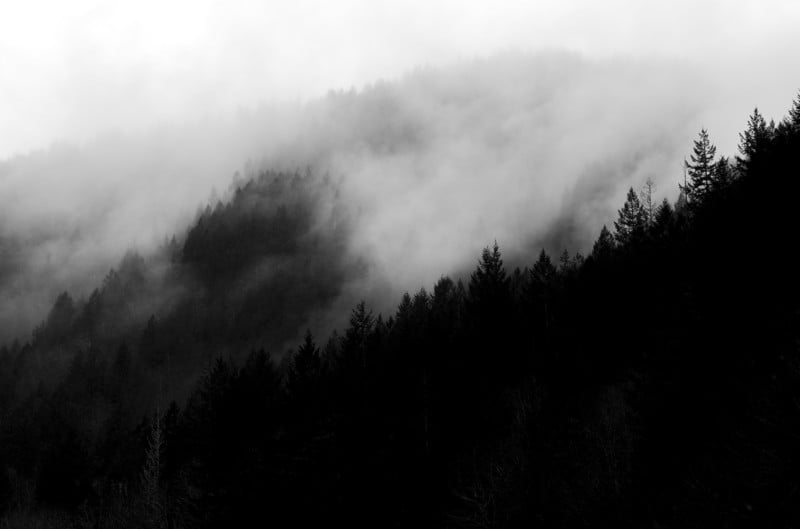
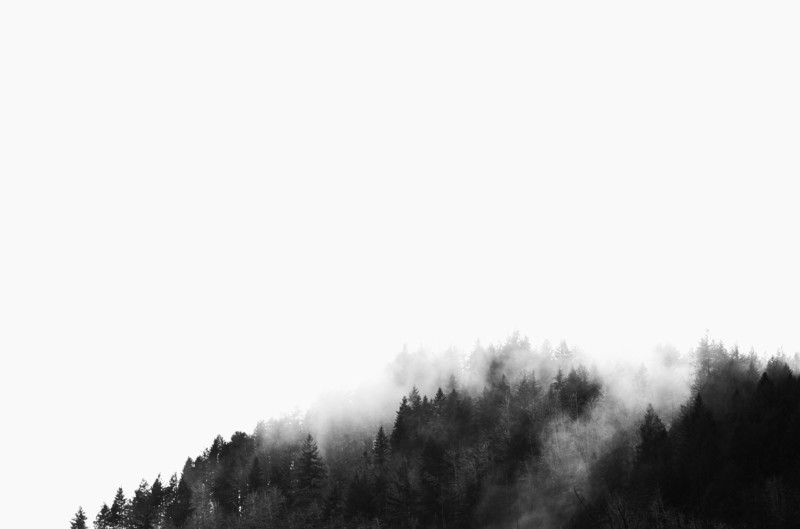
An Expensive Hobby
Photography is an expensive hobby. It’s a lot like golf, or tennis, or long-distance competitive biking. But the thing about photography that separates it from those other hobbies is that you can make great images with much less investment in comparison, if you want. There are no monthly fees to access a course or a country club, and you don’t need an entirely new wardrobe in order to shoot like you do with high-level biking. You just need a box and a lens, and sometimes those are a package deal.
I have just argued that the M10 Monochrom isn’t even my money-making camera, but my fun-having one. It’s just for my enjoyment, but as such it’s a gigantic investment.
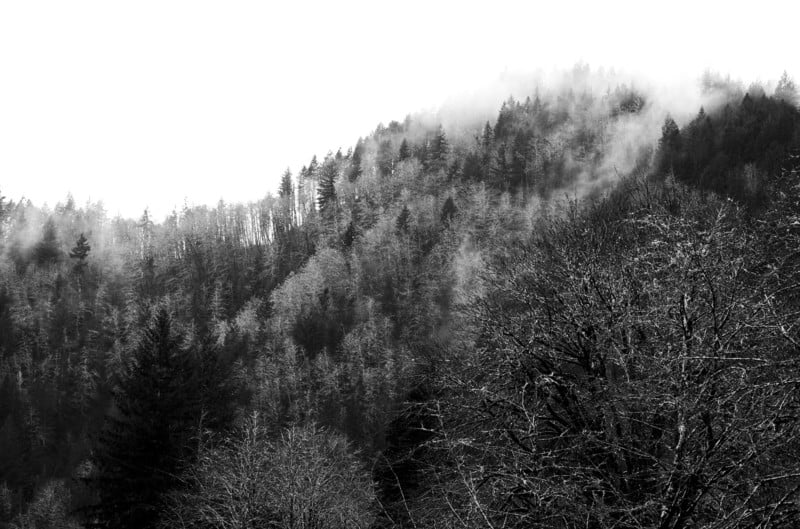
Not only is spending $8,300 on a hobby camera completely infeasible to a vast majority of photographers, but that only gets you the body. The grand total of all the equipment I had for this review came in at north of the wallet-crushing value of $30,000.
That is completely out of reach for me personally. And while I respect Leica and I understand why their products carry the price tag that they do, this hurts. I can’t evaluate any camera equipment without looking at every angle, and the price is definitely a factor.
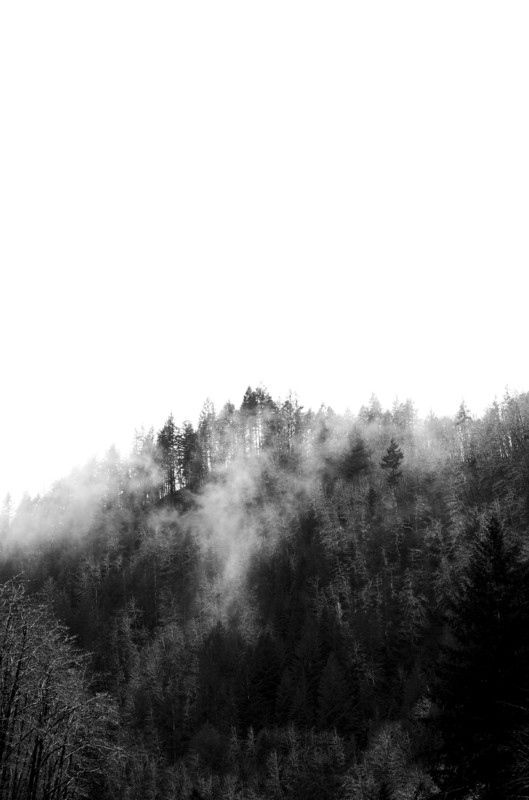
Nearly everyone reading this will never own the Leica M10 Monochrom, and that fact has nothing to do with their desire to shoot it.
TL;DR:
This has been a very long, wordy review because this has been a very “feeling” heavy analysis. Let’s be real: the Leica M10 Monochrom is wildly expensive and lacks a lot of features you would expect in a camera at its price point, and is aimed at an extremely niche audience.
It has no image stabilization whatsoever, the memory card and battery compartment are hilariously blocked if you choose to use a tripod plate, it feels clunky and awkward in hand, and the rangefinder doesn’t work right if you use any kind of telephoto lens beyond about 50mm (the 90mm I shot mostly here partially blocked the field of view of the viewfinder in addition to being impossible to use right due to the long zoom). Compared to the field, it’s very basic in its functionality. Hell, it doesn’t even shoot color.
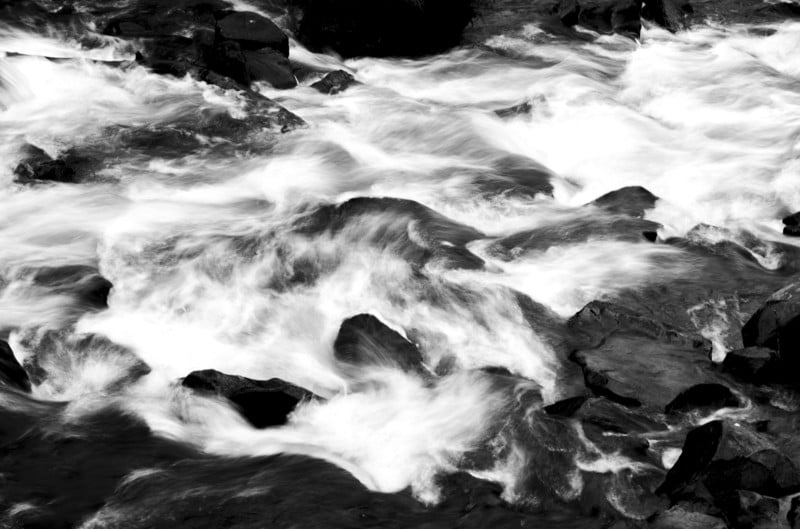
But it’s great because of these flaws, not in spite of them. I love it and have felt like through this whole review that I have had to justify that love.
Do I believe that the M10 Monochrom is deserving of that high price point? Actually, yes I do. I’m saddened that it blocks many from the experience I have had with it, but understand that getting that experience does have value, and that value is high.
Even though this a German camera, made by German engineers in Germany, I think it is a perfect encapsulation of a core Japanese belief rooted in their culture (and it specifically applies to much of their mentality around cuisine). This mantra applies to everyday life and to anything you can produce, and I think it applies to the M10 Monochrom:
Something is great measured not by adding more to a thing, but what remains when you feel you can no longer take anything away.
